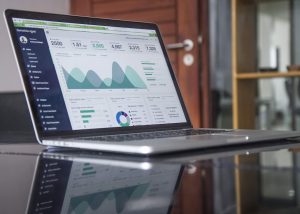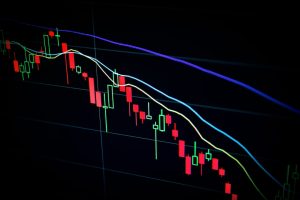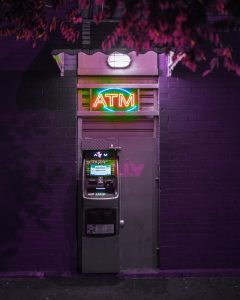Forex trading involves buying and selling currencies in the foreign exchange market. One of the key concepts in forex trading is the concept of overbought and oversold conditions. When a currency is overbought, it means that its price has risen too high and is likely to fall soon. This article will explain what happens when a forex is overbought and how traders can use this information to make better trading decisions.
What is Overbought?
Overbought is a term used in technical analysis to describe a situation where a currency or security has risen too high and is likely to fall soon. It is a condition where the demand for a currency is high, and the price has risen too fast, beyond its underlying fundamentals. An overbought condition is often a sign of a market correction, as traders take profits and sell their positions.
How to Identify Overbought Conditions?
There are several technical indicators that traders can use to identify overbought conditions. One of the most popular indicators is the Relative Strength Index (RSI). The RSI is a momentum oscillator that measures the strength of a currency’s price action. It ranges from 0 to 100, with levels above 70 indicating overbought conditions, and levels below 30 indicating oversold conditions.
Other indicators that traders can use to identify overbought conditions include the Stochastic Oscillator, the Commodity Channel Index (CCI), and the Moving Average Convergence Divergence (MACD). These indicators provide different signals and can be used in combination with each other to confirm overbought conditions.
What Happens When a Forex is Overbought?
When a forex is overbought, it means that there are more buyers than sellers, and the price has risen too high, too fast. This condition can lead to a market correction, as traders take profits and sell their positions. The correction can be mild or severe, depending on the strength of the underlying fundamentals.
In the short term, an overbought condition can lead to a price reversal, as traders sell their positions and take profits. This can lead to a temporary dip in the price of the currency. However, in the long term, an overbought condition can be a sign of a strong underlying trend, and the price can continue to rise despite the correction.
How to Trade Overbought Conditions?
Traders can use overbought conditions to make better trading decisions. When a currency is overbought, traders can sell their positions and take profits, or they can wait for a correction and buy the currency at a lower price. Traders can also use technical indicators to confirm overbought conditions and identify potential entry and exit points.
One popular strategy for trading overbought conditions is the mean reversion strategy. This strategy involves buying a currency when it is oversold and selling it when it is overbought. Traders can use technical indicators to identify oversold and overbought conditions and use them as entry and exit points.
Another strategy for trading overbought conditions is the trend following strategy. This strategy involves buying a currency when it is overbought and the underlying trend is strong. Traders can use technical indicators to confirm overbought conditions and identify potential entry and exit points.
Conclusion
In conclusion, an overbought condition is a situation where a currency has risen too high, too fast, and is likely to fall soon. Traders can use technical indicators to identify overbought conditions and make better trading decisions. Overbought conditions can lead to a market correction, but they can also be a sign of a strong underlying trend. Traders can use different strategies, such as mean reversion and trend following, to trade overbought conditions and make profits in the forex market.






